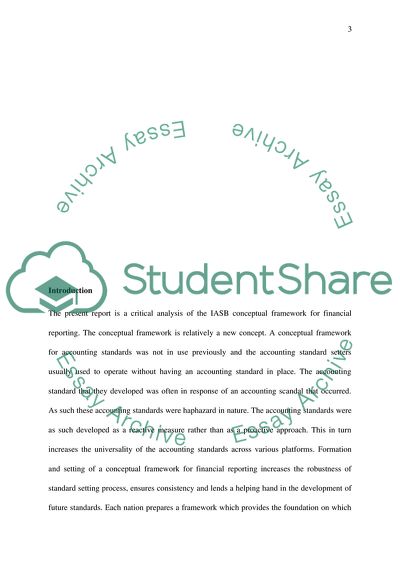Cite this document
(FINANCIAL REPORTING & ANALYSIS- The IASB Conceptual Framework for Essay, n.d.)
FINANCIAL REPORTING & ANALYSIS- The IASB Conceptual Framework for Essay. https://studentshare.org/finance-accounting/1856217-financial-reporting-analysis-the-iasb-conceptual-framework-for-financial-reporting
FINANCIAL REPORTING & ANALYSIS- The IASB Conceptual Framework for Essay. https://studentshare.org/finance-accounting/1856217-financial-reporting-analysis-the-iasb-conceptual-framework-for-financial-reporting
(FINANCIAL REPORTING & ANALYSIS- The IASB Conceptual Framework for Essay)
FINANCIAL REPORTING & ANALYSIS- The IASB Conceptual Framework for Essay. https://studentshare.org/finance-accounting/1856217-financial-reporting-analysis-the-iasb-conceptual-framework-for-financial-reporting.
FINANCIAL REPORTING & ANALYSIS- The IASB Conceptual Framework for Essay. https://studentshare.org/finance-accounting/1856217-financial-reporting-analysis-the-iasb-conceptual-framework-for-financial-reporting.
“FINANCIAL REPORTING & ANALYSIS- The IASB Conceptual Framework for Essay”. https://studentshare.org/finance-accounting/1856217-financial-reporting-analysis-the-iasb-conceptual-framework-for-financial-reporting.


